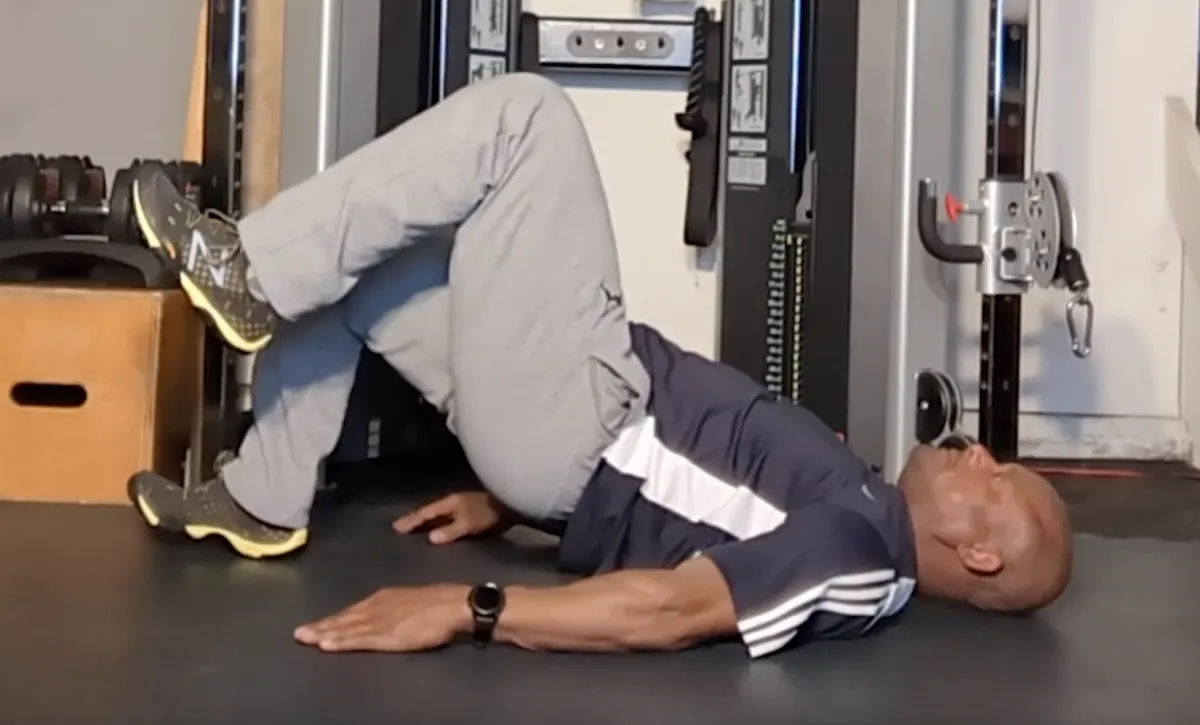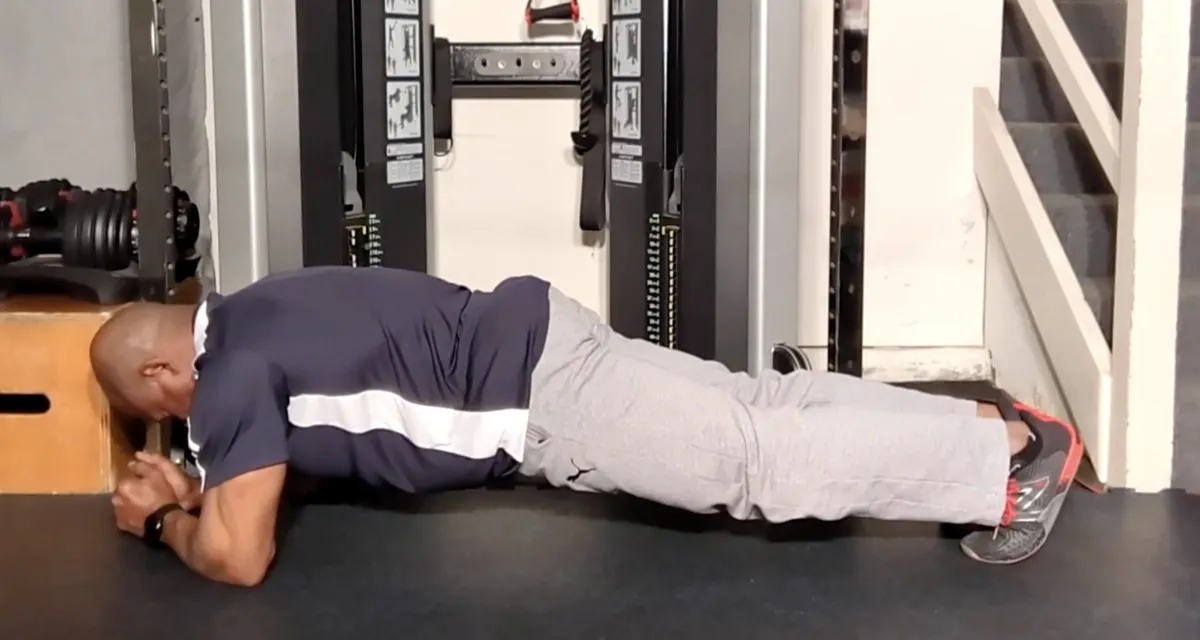
RESOURCES

When to Seek Help for Knee Pain: Signs It's Time to See a Professional
Knee pain is a common ailment that can stem from various causes, ranging from minor strains to more serious conditions. While some discomfort can be managed with home remedies, certain signs indicate it's time to consult a professional. But how do you know when it’s just a minor issue versus something that requires professional attention? Many people try to push through discomfort, hoping it will go away on its own. But ignoring persistent knee pain can lead to bigger problems down the road.
If you’ve been struggling with knee pain and aren’t sure whether to keep managing it on your own or seek professional help, here are the key signs that it’s time to see a specialist.

1. Persistent Pain That Won’t Go Away
It’s normal to feel occasional soreness, especially after exercise or long periods of standing. But if your knee pain lasts more than a few weeks or keeps coming back, it’s a sign that something deeper is going on.
✅ Red Flags:
Pain that lingers even after rest and home remedies like ice, compression, and stretching.
Discomfort that worsens over time rather than improving.
Pain that interferes with your daily activities, like walking, climbing stairs, or standing for long periods.
Ignoring persistent pain can lead to long-term damage and make recovery harder. If your knee pain isn’t improving, it’s time to get it checked out.
2. Swelling That Doesn’t Subside
Some mild swelling after a workout or long day on your feet isn’t uncommon. But if your knee is consistently swollen or looks noticeably larger than your other knee, there may be an underlying issue like:
Arthritis (chronic inflammation in the joint)
A ligament or meniscus tear (often caused by sudden movements or twisting)
Fluid buildup (effusion), which can indicate joint irritation or an injury
If swelling lasts for more than 48 hours or gets worse, it’s a sign that your knee needs professional evaluation.

3. Knee Instability or Buckling
Does your knee feel like it might give out when you walk or change direction? A feeling of instability, weakness, or sudden buckling could indicate:
Ligament damage (like an ACL or MCL tear)
Weak muscles that can no longer properly support your knee
Knee cap misalignment or tracking issues
If you feel like you can’t trust your knee to support you, it’s important to see a professional before you experience a more serious injury.
4. Difficulty Walking, Standing, or Bending Your Knee
Pain that affects your ability to walk, squat, bend, or straighten your knee fully is a major warning sign.
✅ Signs It’s Time to Seek Help:
You struggle to put weight on your knee without pain.
Your range of motion is limited, and bending or straightening your leg feels restricted.
Walking, climbing stairs, or even standing in one place for too long causes discomfort.
If your knee pain is stopping you from moving as freely as you used to, don’t wait for it to get worse—seek professional advice.

5. Pain That Disrupts Your Sleep
Your knees shouldn’t hurt when you’re at rest. If knee pain is keeping you up at night, it could be a sign of:
Chronic inflammation from arthritis
Tendonitis or bursitis, causing irritation in the knee joint
Muscle imbalances or tightness pulling on the knee
Poor sleeping positions can also contribute to knee pain, but if adjusting your sleep posture doesn’t help, it’s time to talk to a professional.
6. A Popping Sound or Sudden Injury
Hearing or feeling a pop, crack, or snap in your knee—especially after a sudden movement—could mean you’ve suffered a more serious injury, like:
ACL or meniscus tear
Dislocated knee cap
Severe ligament sprain
If your knee pain started suddenly after an injury, don’t wait it out—early intervention can prevent further damage.
7. Home Remedies Aren’t Helping
If you’ve tried everything—rest, ice, compression, elevation (RICE), stretching, foam rolling, and even knee braces—but your pain isn’t improving, it’s a sign that the issue might be beyond what at-home care can fix.
A professional can assess your knee and provide personalized treatment options, such as:
Physical therapy to strengthen weak muscles and improve mobility
Joint injections to reduce pain and inflammation
Bracing or supportive taping for added stability
Advanced imaging (MRI or X-rays) to diagnose structural damage
If what you’re doing isn’t working, don’t keep waiting—get expert guidance.

What Kind of Professional Should You See?
If you’re experiencing any of the above warning signs, consider seeing:
A Physical Therapist – For movement assessments, strengthening exercises, and rehab programs to improve knee function.
A Sports Medicine Doctor – If your pain is related to physical activity or a past injury.An Orthopedic Specialist – For advanced imaging, diagnosis, and treatment options for joint or ligament damage.
The knee pain red flags we’ve described above are not meant to be ignored, or to just try to “tough it out”, nor is it something you “just deal with.” If your pain is persistent, limiting, or worsening, seeking professional help can prevent long-term issues and help you move comfortably again.
The sooner you address your knee pain, the better your chances of avoiding surgery, long-term joint damage, or chronic pain. Don’t ignore the signs—your knees will thank you for taking action.
If you’re unsure where to start, a physical therapist or orthopedic specialist can help you understand what’s causing your pain and how to fix it. Your knees are meant to support you—take care of them, and they’ll keep you moving for years to come. Ignore the signs your knees are giving you and there could be difficult consequences.
Sheila Mann's Testimonial
Sheila Mann doing Suspension Strap Push-ups on an elevated Single Leg.
Just another Saturday Workout Part 2
Spray Tan Fitness
Dreams or Goals
Intro to Self-Myofascial Release
Self Massage using the Energy F X Tube (Upper Body)
Self-Massage for Lower Body using Energy F X Tube (IT Band , Glutes)
Level 3
This is our advance level. In this level you will be asked to increase the challenges to your strength, balance and to some degree, your conditioning. We continue to focus on the major joints of the body (hips, shoulder, and knees) with the added challenge of resistance. This level also includes the added challenge of coordination, as many movements require the integrated movement of both upper and lower body.

Level 4
This is our premium level. In this level you will be asked to significantly challenge your body through increased demands on your functional core strength in movements that will significantly challenge your balance and strength simultaneously. Here we will ask you to begin to optimize your balance, core activation, and improved range of motion in a functional aspect – integrated movement of both upper and lower body, but at a higher level of accountability.
